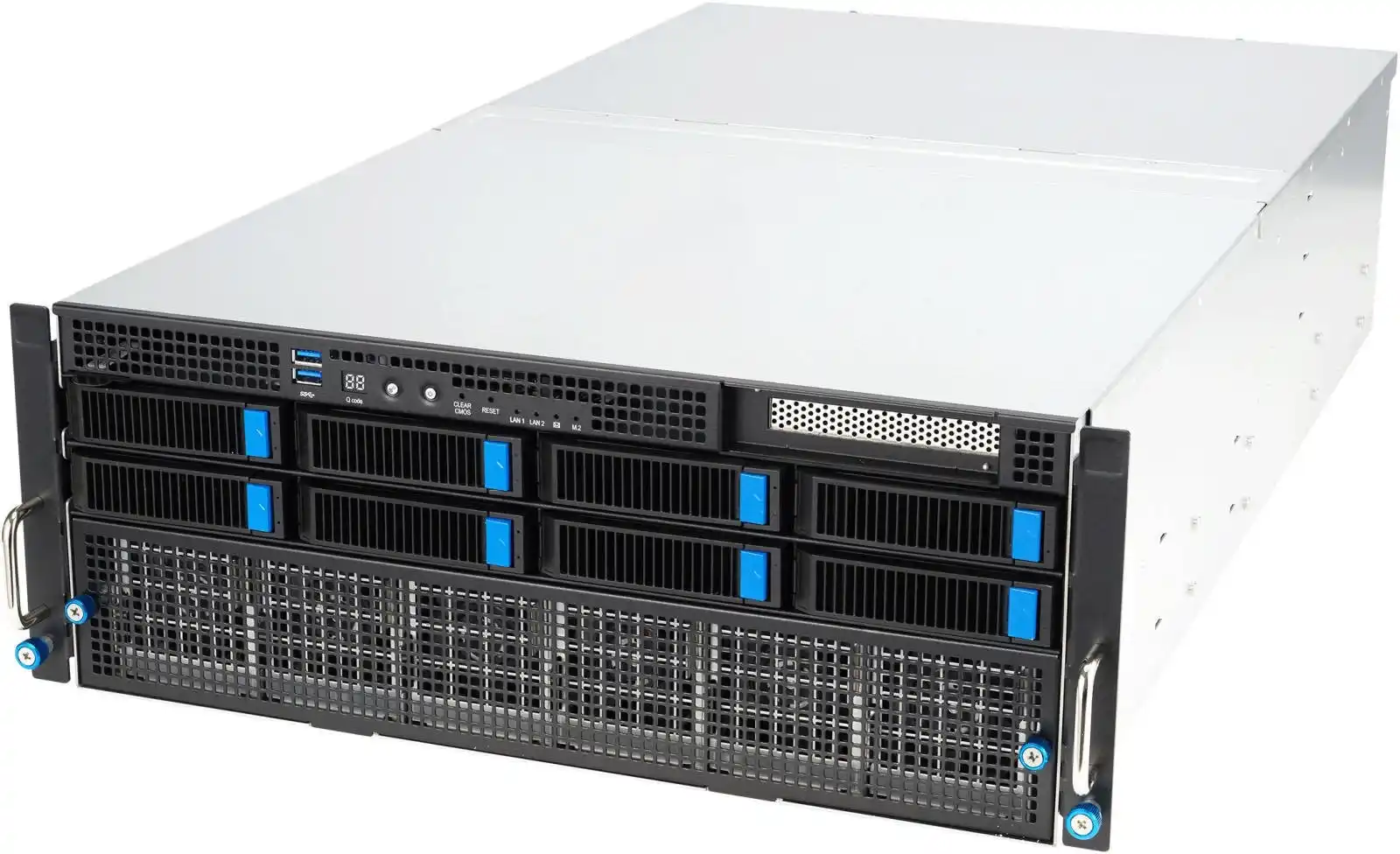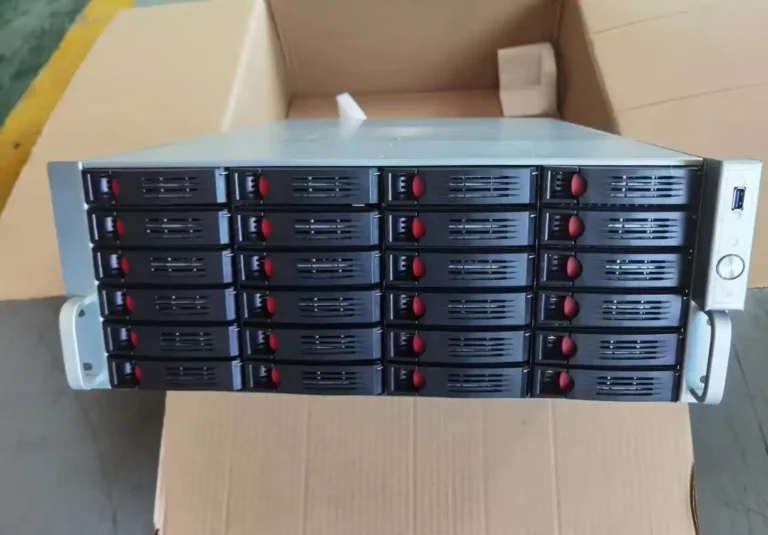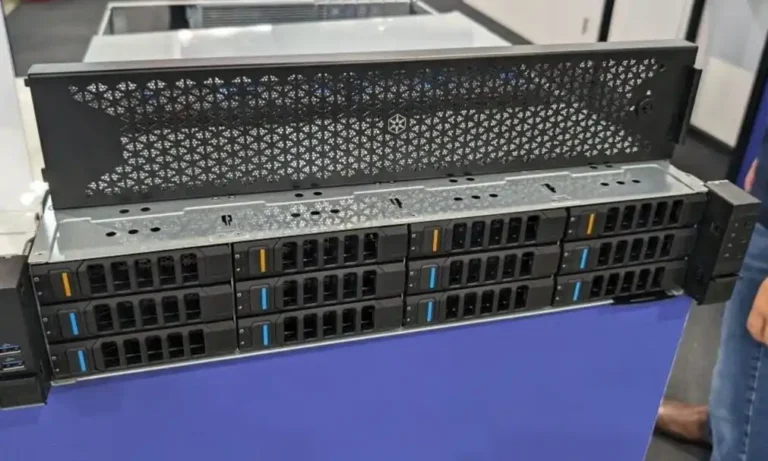In 2026 most AI labs will run hungry boards: B200/B300 style GPUs, 600W cards, even mixed AMD/NVIDIA setups. You can squeeze them into 2U, sure, but you’ll fight noise, airflow and service every single week. A 4U GPU server pc case gives you breathing room: thicker fans, straighter airflow, more PSU, more front bays, easier hands-on. That’s why we keep 4U in the center and use 5U/6U only when the lab wants extra storage or liquid lines.
To make it real, I’ll use your own lines on IStoneCase and map them to typical AI-lab workloads:
- GPU Server Case
- GPU Server Case (catalog)
- 4U GPU Server Case
- 5U GPU Server Case
- 6U GPU Server Case
- ISC GPU Server Case WS04A2
- ISC GPU Server CaseWS06A
- Customization Server Chassis Service
(only your site, no other links)
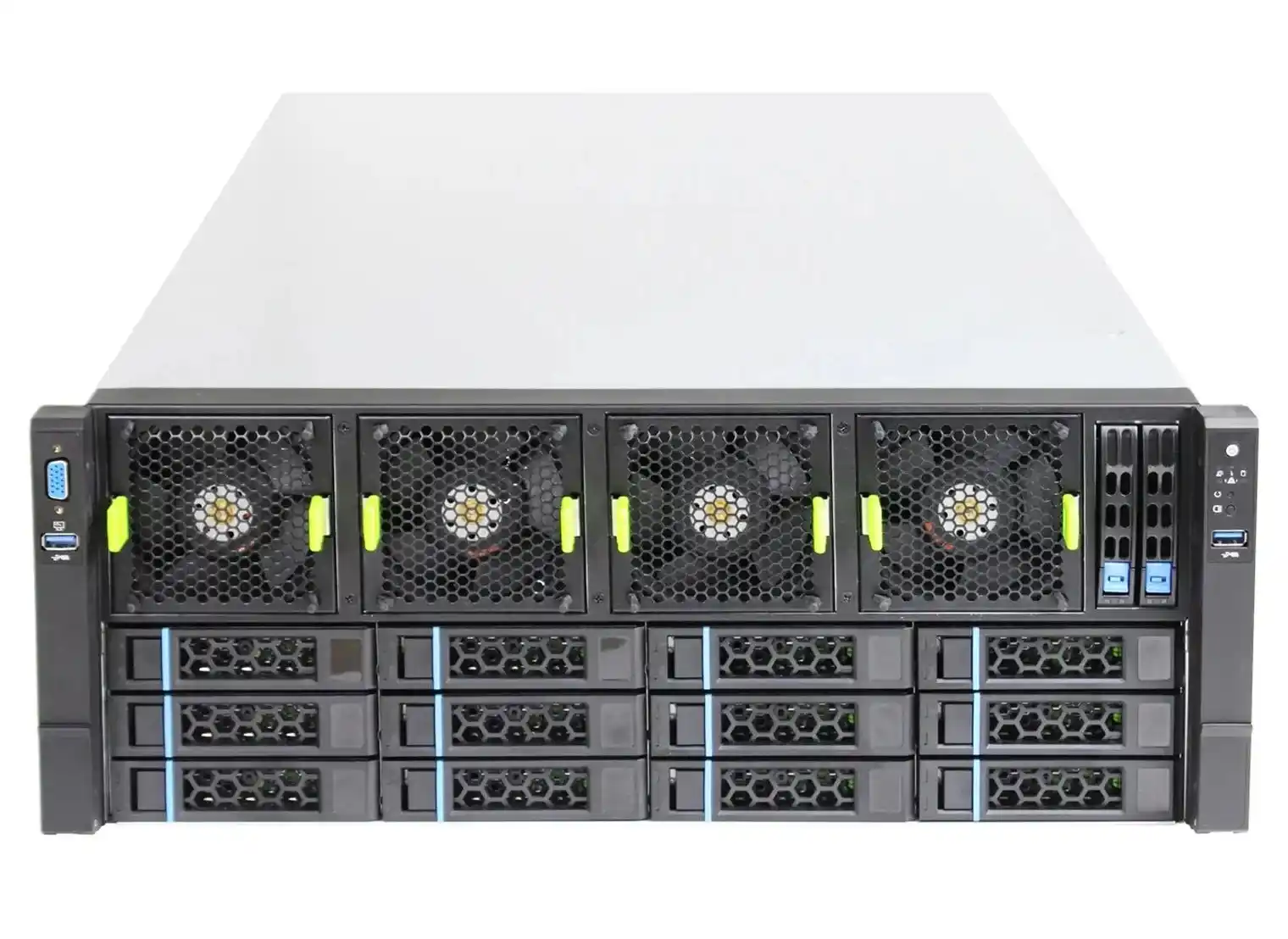
4U GPU Server Case for 600W+ GPU in AI Labs
Let’s start from the pain. 2026 cards throw heat. If the chassis can’t move air in a straight front-to-back tunnel, the GPU will start to throttle and your training job finish later. 4U height lets IStoneCase stick in high-pressure hot-swap fans, larger heatsinks, even pre-reserved cold-plate path if the client wants DLC later. That’s hard to do in a thin computer case server.
Also, labs don’t run in perfect DC rooms. Sometimes it’s a small room beside the data guys, sometimes it’s a noisy corner of the university rack. 4U can live there because the fans don’t need to spin at jet level.
AI Lab Server Case Selection Criteria (2026)
1. Thermal & Airflow Prepared for Blackwell-Class GPUs
Pick the chassis that already routes air to 8 GPU slots and still leaves room for dual CPUs. WS04A2 is a good style for this: front intake → mid fan wall → GPU cage → rear exhaust. If later you add higher TDP cards, you don’t need to cut the panel again. This is the “buy once, scale twice” idea.
2. Power & Redundancy in 4U
AI nodes pull hard when four or eight cards go full. So the 4U needs multi-PSU (2+2 or 3+1), CRPS style, hot-swap, and room for bigger PDU cords. IStoneCase already sells to data centers and resellers, so rack wiring, not desktop wiring. That’s why 4U here feels closer to “mini-appliance” than to simple atx server case.
3. PCIe / NVLink Layout That Matches the Lab
Some labs will plug 4 same GPUs. Some will plug 3 GPU + 1 capture + 1 smartNIC + 1 storage HBA. 4U with a smart backplane and straight risers is easier to maintain. And because you can pull the riser tray out, junior engineer can swap card without crying.
4. Serviceability for People, Not for Robots
AI Lab = many rebuilds. You want front I/O option, you want tool-less GPU bar, you want fan fail alarm through BMC. This is where custom OEM/ODM from IStoneCase matters, because you can say “I want ear handles,” or “I want rear USB for local debug,” and the factory can punch that. Generic server rack pc case can’t.
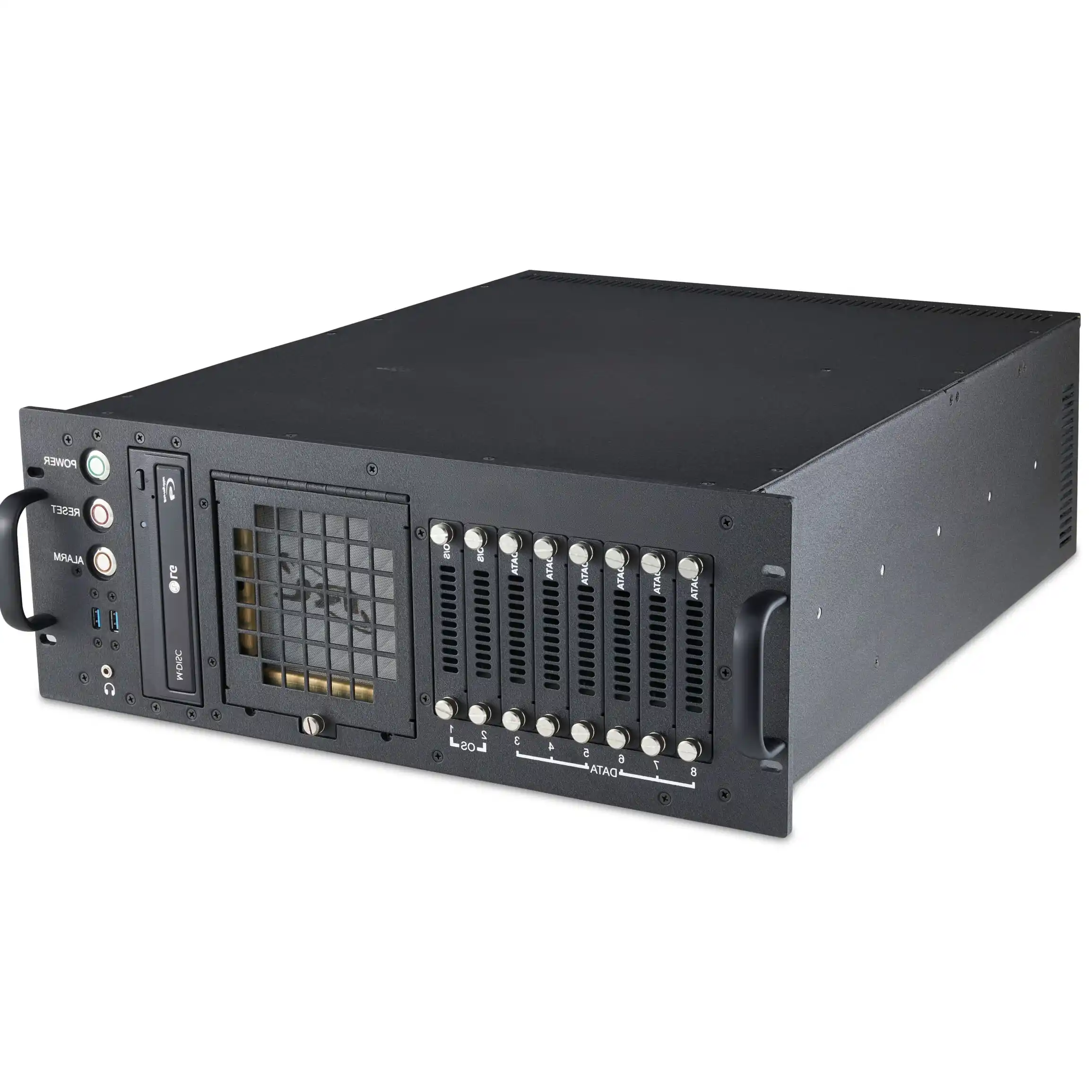
Practical 2026 Scenarios for 4U GPU Chassis
| Scenario (real use) | Why 4U beats 2U here | IStoneCase line to pick | Notes |
|---|---|---|---|
| University AI course / shared training box | Need to open the box often, cards differ, airflow must be forgiving | 4U GPU Server Case | front hot-swap + mid fan wall, teach students without breaking stuff |
| Enterprise PoC rack for LLM fine-tune | Needs 4–8 GPUs now, maybe 6U later for more disks | ISC GPU Server Case WS04A2 | good for 600W era, easy cable |
| Vision / edge-to-core lab that stores lots of video | more local bays, longer cards, maybe passive GPU | 5U GPU Server Case | 5U gives disk face |
| Research team doing mix NVIDIA + AMD | need open PCIe layout + strong PSU | 6U GPU Server Case | more height, still same rack |
| OEM/ODM for MSP or cloudlet | need branding, front I/O, special fans | Customization Server Chassis Service | tell them amps, depth, and rail type |
You can see 4U is the daily driver, 5U/6U is the “I want more local resource” version.
Why Not Only 2U or Only 6U?
- 2U: density wins, hands lose. Airflow is tight, cables are packed, thermal headroom small. Good for pure DC, not so good for noisy labs.
- 6U: yes, you can put more disk, even two GPU rows, but some racks can’t take too high units, and shipping bigger boxes cost more. You use 6U when you want storage or liquid manifolds, not as first choice.
So 4U sits in the middle and talks with both sides.
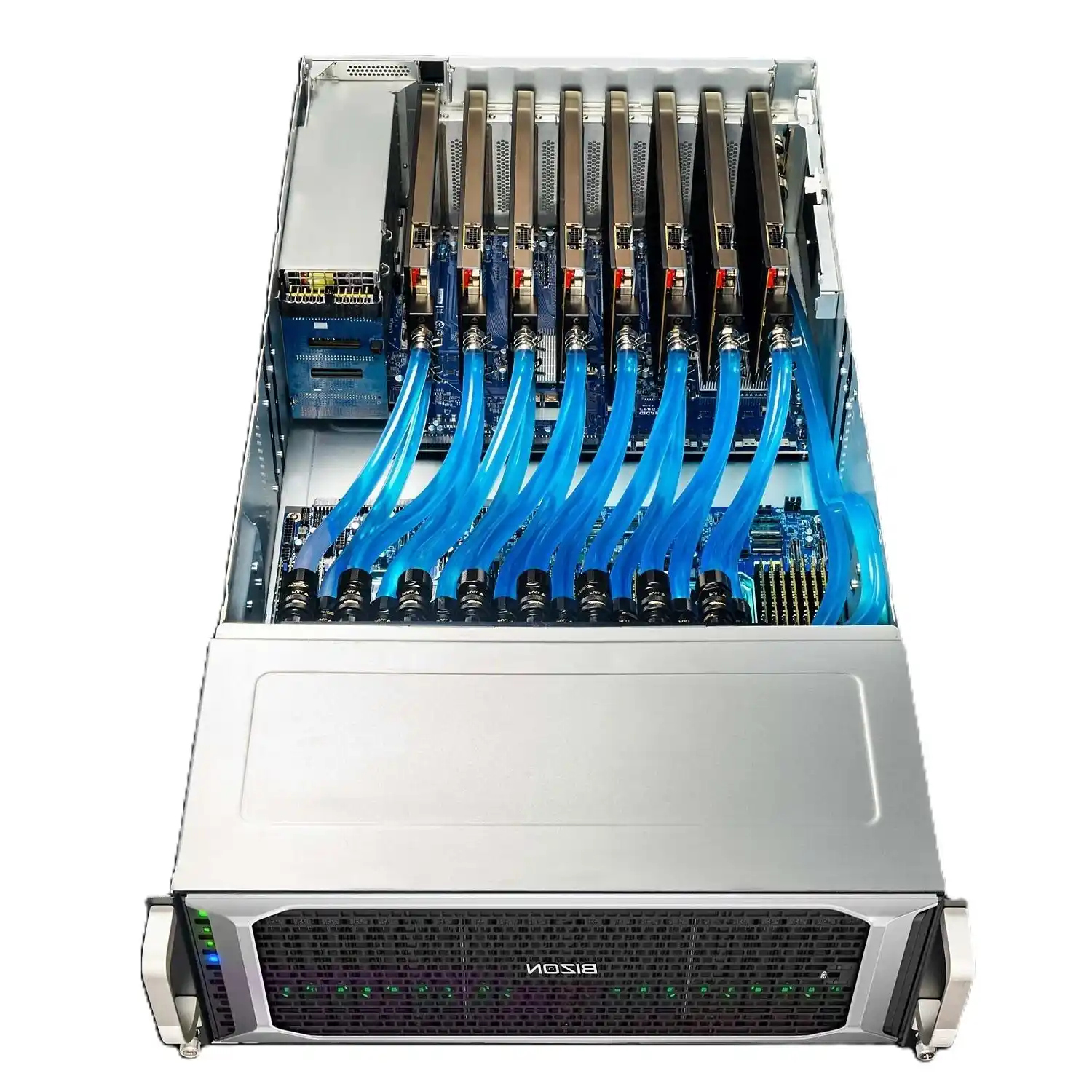
IStoneCase Product Angle (non-hard sell, just real)
You’re not selling one pc box to gamers. You’re selling to data center, algorithm team, IT service shops, integration guys. They care about:
- Compatible depth – some cabinets are not super deep. 4U chassis from IStoneCase can be ordered in a certain depth so it fits the racks they already deployed.
- Batch / wholesale – the buyer wants 20 or 200 same machines. So OEM needs drilling and color fixed. That’s exactly what your Customization Server Chassis Service does.
- Multi platform – Intel, AMD, some even ARM. So front panel, standoff, airflow can’t be hardcoded to one board.
Write this in your site tone, a bit chatty, don’t over promise. “We can do” is better than “we can do everything”.
Argument: 4U Is Still the Best Balance for 2026
- Cooling argument: 600W+ cards will stay. 4U can cool them without exotic parts.
- Service argument: labs swap parts. 4U opens fast, safer for non-DC staff.
- Growth argument: AI load is not stable; one month you run training, next month you run RAG. 4U with extra bays and big PSU lets you re-wire inside.
- Business argument: resellers and system integrators can reuse same 4U shell for different clients. That reduces sku mess.
So we defend 4U not because it’s old, but because it keeps options open.
Data-Style Support Table
| Factor | 4U GPU Chassis 2026 Target | What to check when you buy |
|---|---|---|
| GPU TDP support | 600–1100W per slot, 4–8 slots | fan wall size, ducting, optional liquid holes |
| PSU layout | redundant, CRPS, 2.4kW+ each (no exact cost) | rail mount, PDU connector, hot-swap |
| Expansion | PCIe Gen4/Gen5 x16 risers, mixed card length | easy cable, tray that pull out |
| Storage | 4 NVMe + 8–20 SATA/SAS front | front service, vibration, real caddy |
| Management | BMC/IPMI front access, fan fail alarm | lab guys can see error without KVM |
| Rack fit | standard 19″, common rails | match with server rack pc case buyers |
This table is not fancy, but it gives the buyer something to point at when they talk to procurement.

